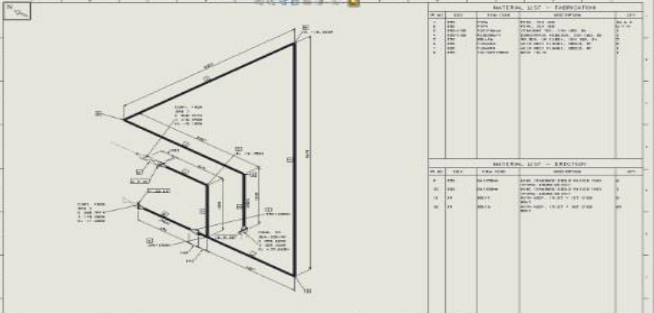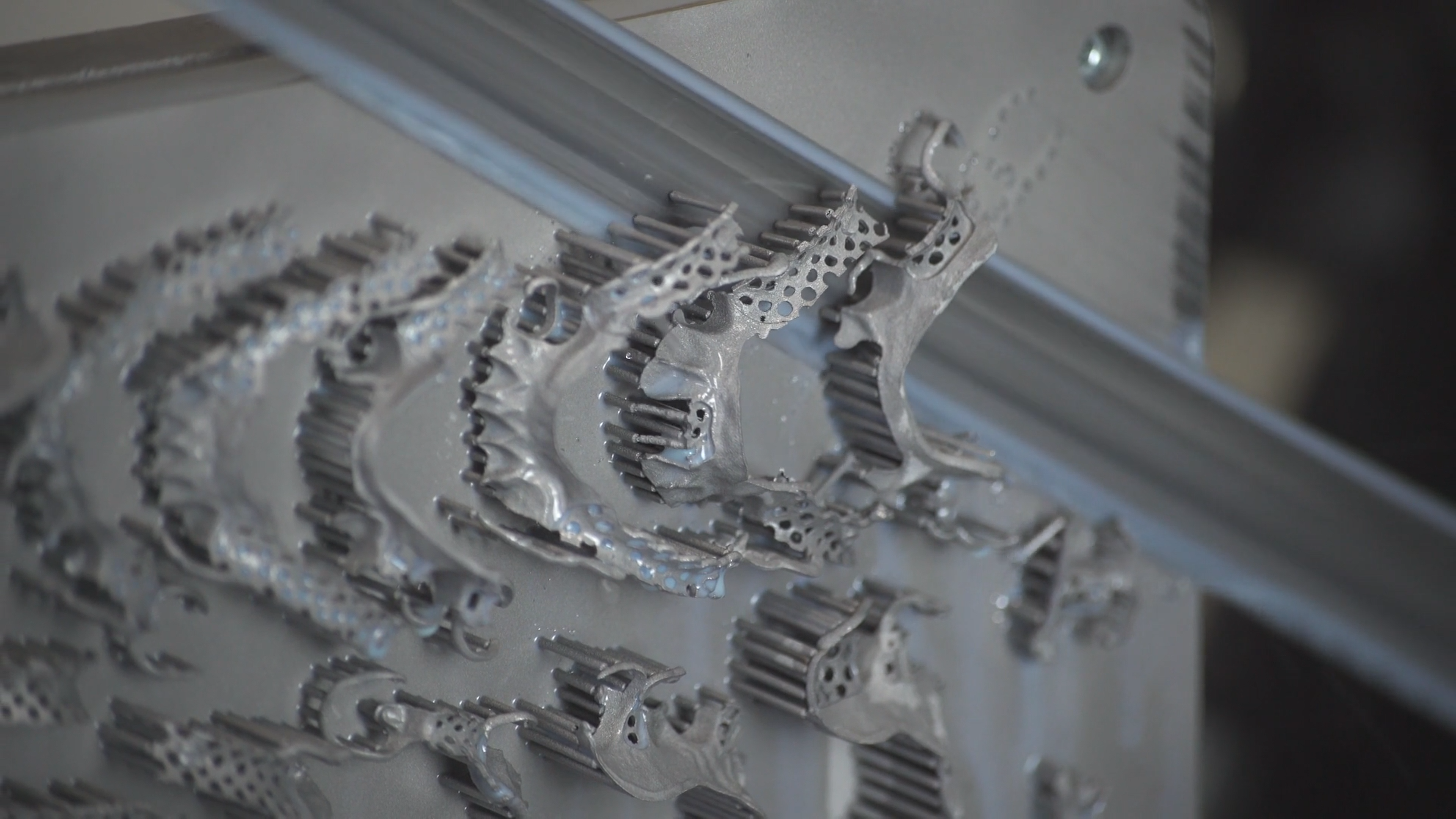
- PIXPLANT METAL WORKFLOW FULL
- PIXPLANT METAL WORKFLOW SOFTWARE
- PIXPLANT METAL WORKFLOW CODE
- PIXPLANT METAL WORKFLOW PROFESSIONAL
to make games in styles of classics like Metal Slug and combined with gameplay. Still, if he thinks he could pull it off, I think it'd be a worthwhile thing to look into for the future. PixPlant is a comprehensive solution for creating textures and 2D maps. But even within that, there are some engine-peculiarities within that, so that is a fair point. It's the huge advantage of the PBR workflow. True, there is an aspect of specialization when it comes to art assets, but the PBR workflow is designed to reduce that as much as possible - and substance's tools are pretty excellent to avoid quality degregation, while still outputting the supporting PBR maps. It takes me somewhere from 15 minutes up to 3 hours to make a good gameready texture and most of the time is spend in the engine testing them in different setups, correcting them, load again etc for each layer and they are still only optimized for Torque3D, so to make general purpose game ready textures you need quite some experience and even then they will mostly be special case use. From what I saw so far, the seamelss versions were pretty amateurish, but he is getting better.
PIXPLANT METAL WORKFLOW PROFESSIONAL
Regarding the textures I would not recommend to edit them, if you are not a professional game designer or artist, since then the edited image would rather decrease the quality than increase it.
PIXPLANT METAL WORKFLOW CODE
free with the Base code to help you simplify your game development workflow. Not legitimate and useful content that's topical like his stuff. PixPlant is a smart texturing tool that creates high quality seamless 3D. Self-marketing is challenging, so it's no surprise he posts around several forums, but "spam" is unwanted, or irrelevent messages.

So the trick is on me, i forgot I had a displacement texture in the mask area but inverting it came out with the extra detail and better overall displacement form."Spamming" isn't exactly the correct term though, is it? You might want to re-add the color texture to go with the normal map. Deploy and execute a Workflow that connects a. All Google Cloud customers get 5,000 steps and 2,000 external API calls per month, completely free of charge.

This was just a quick test and wanted to try the impossible but I don't really know if this is what you wanted. Combine Google Cloud services and APIs to easily build reliable applications, process automation, and data and machine learning pipelines. I've never used the normal map with my displacement because I was told I didn't need to but when I look at the result it does make a difference! You can get more details with the displacement map setting as well without the normal map but that's best suited for higher resolutions. Hopefully this is the solution you're looking for. Change the opacity of the layer to increase or decrease bumpiness. Set the same layer's degree option to "more on picked". Try this, create a new layer in the same smart material specifically for the normal map but make the depth to 0 on that layer, roughness 50%, metal 0, add your normal map and push that layer to the bottom. Thanks for sharing your time and knowledge!ĭid you ever resolve your issue? I'm thinking it's better to rely on the heightmap/depth for creating depth because that's what it' meant for. Is there a way to get height from both texture maps? Here is a link to one of the materials I've been testing with >
PIXPLANT METAL WORKFLOW FULL
Unfortunately that makes neither layer's height full strength.
PIXPLANT METAL WORKFLOW SOFTWARE
Well, you can buy them, have software like PixPlant produce them for you. The only way around it that I have found is to lower the opacity of the top layer. C4D differs between Dielectric and Conductor, the latter meaning metals. The problem is, the material only gets height from one of the layers (the one on top in the material editor). Thanks, Shift - thats exactly what I tried to do (see first post). I did not know the FYI (I fumble in 3D Coat as I don't use it much.) - but I guess it makes sense.įor step 3 - what blending mode in Photoshop ('overlay' or similar I guess?)? Last would be to add all the conditional maps for grunge in the Smart Material. I now have a displacement map with details too. Used Photoshop to blend the regular displacement map with the displacement map created from the normal map.

Next, created a displacement map from the normal map. Methods: Over a two-year period (2014-2016), all patients who had been treated in a dental center with a single implant were randomly assigned to receive either a monolithic zirconia crown, fabricated with digital workflow (test group), or a metal-ceramic crown, fabricated with analog. First I inverted the green channel in the normal map for my workflow otherwise the mortar would be extruding.Ģ. Aim: To compare the outcome of digital versus analog procedures for the restoration of single implants. Smart Material depth works best with Black and White images (grayscale) not normal maps.ġ. Like in Unreal or Unity where you can add a detail normal map. What you are asking for is a separate channel to have a detail normal or displacement map for blending inside the Smart Material.


 0 kommentar(er)
0 kommentar(er)
